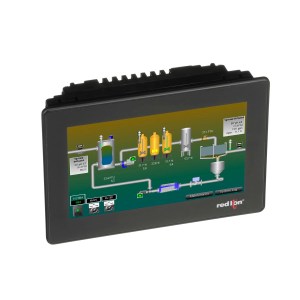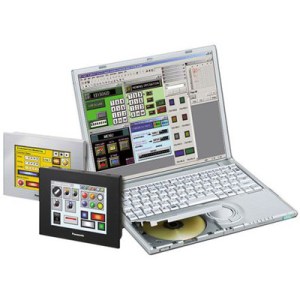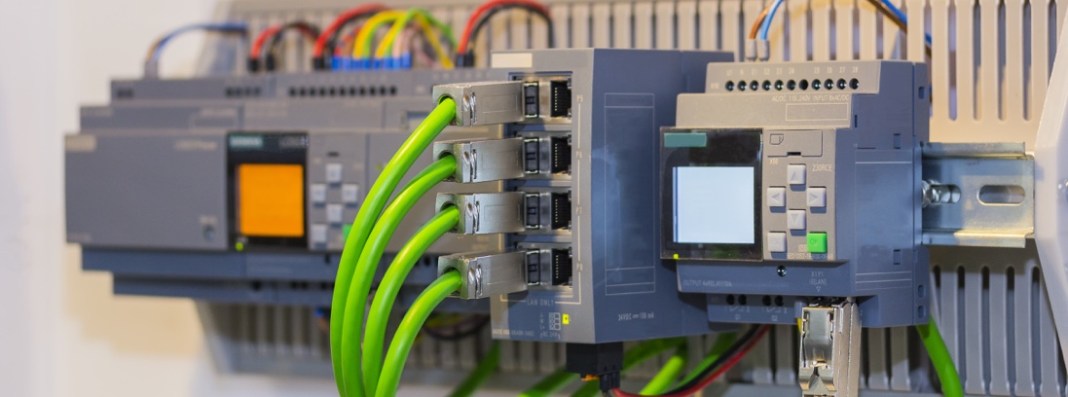Interested in programmable logic controllers? Learn about how PLCs work, PLC applications, PLC programming software, and I/O implications that impact PLC selection.
What is a PLC?
A PLC (Programmable Logic Controller) is an industrial computer system used to monitor and control automated manufacturing processes. PLCs process inputs indicating the state of a process and control outputs using programmed logic. A PLC can be in the same location as the process it controls or used to observe and control processes remotely.
PLC Applications
PLCs are used in many different industries, including automobile, steel, chemical, waste-processing oil and gas industrial plants. By processing complex data quickly, automating outputs and enabling remote observation of a process, PLCs can help ensure safe and efficient plant operation.
How does a PLC Work?
The physical components that make a PLC work can be divided into three areas: the power supply and rack, the central processing unit (CPU) and the input/output (I/O) section. The rack holds everything together and the power supply plugs into the rack to supply power to the modules. The CPU modules are the brain of the entire system. They control logic, monitoring and communications. The I/O system provides the physical connection between the PLC and the control system to be automated.

HMI Displays (Human-Machine Interface)
Human-machine interface (HMI) has brought remarkable advances in performance, safety and new technology. An HMI for a PLC-based automation system can provide the flexibility needed to meet the control system requirements for IOT designs, monitoring and control.

PLC Programming Software
Software is used in a PLC to create user programs and specialized projects. Individual and unique programs can be created for each type of PLC. You can even utilize some PLC software to emulate a PLC on your laptop.
Key Takeaways:
- A PLC is used to automate decisions based on program logic
- HMIs in conjunction with a PLC can provide insights into the performance, efficiency and design of a process
- PLCs use a variety of inputs to process data and trigger outputs based on programmed parameters
- Some PLCs respond to digital inputs (e.g. on/off) while others process analog signals such as a range of current or voltage values. The input assembly should be selected based on whether inputs will be digital or analog








I can imagine that PLC systems are very helpful for a business. They can control complexity and makes it easy for a business to be more efficient. It was interesting to learn about how PLC’s are used to monitor and control automatic manufacturing processes.